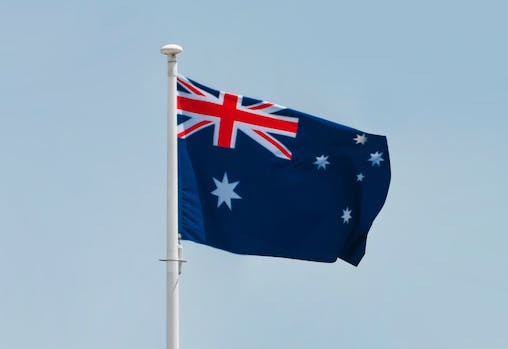The Australian Renewable Energy Agency (ARENA) has released a report outlining the country’s potential to establish a solar photovoltaic (PV) manufacturing base, aligning with global trends to reduce dependence on foreign energy sources.
The Silicon To Solar study by ARENA proposes a pathway for Australia to develop 10GW of polysilicon (poly-si) purification capacity and 5GW of ingot, wafer, cell, and module production capacity by 2030. The report emphasizes the need for a domestic manufacturing base to enhance job creation, attract investments, and diversify the economy while securing the supply chain.
Recognizing the concentration of the solar PV supply chain in China, the report underscores the importance of policy as the key driver for manufacturing potential. It suggests a combination of incentives for domestic products and sanctions on imports within a supportive policy ecosystem.
The proposed roadmap entails establishing 1GW of each component initially, with a gradual ramp-up to 5GW or 10GW by 2030. While Australia already engages in quartz mining and metallurgical silicon smelting, it lacks significant manufacturing capacity across the solar value chain.
The report identifies module assembly plants as the first capacity to come online, followed by wafer capacity, poly-si, and finally cell capacity. It anticipates potential exports of poly-si and ingot/wafer capacity to the US, EU, or India.
Notably, ARENA highlights Australia’s history of collaboration with China in the PV industry and suggests that strict tariffs on Chinese polysilicon and wafers in the US market could create opportunities for Australian-made products.
However, the report acknowledges that solar cell production might be the slowest to develop capacity domestically, citing the rapid evolution of cell technology as a challenge. Despite Australia’s strong track record in cell research, the report emphasizes the need for additional time for research and development.
While the report promotes the idea of a domestic manufacturing base to secure the supply chain, it also recognizes the challenges faced by Europe, the US, and India in competing with the Chinese market. Bloomberg New Energy Finance’s recent report raises questions about the necessity of localizing production in markets with an existing supply glut.
Australia’s ambitious solar installation forecasts, ranging from 5GW to 70GW annually, drive the demand for modules. ARENA emphasizes the critical role of direct policy support for manufacturing to meet decarbonization targets, calling for a supportive policy ecosystem comprising capital investments, operational support, demand incentives, and the possibility of tariffs on imported solar goods.

